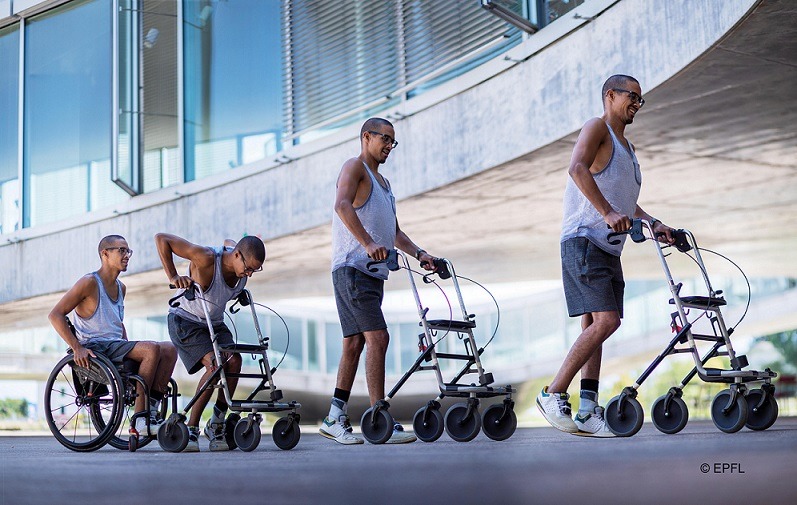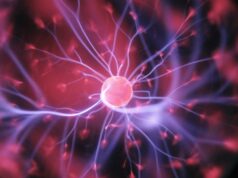
GTX Medical (formerly G-Therapeutics) and NeuroRecovery Technologies (NRT) have announced a merger, creating a global company for the development of neuromodulation therapies to aid functional recovery of people with spinal cord injuries. The merged entity will be known as GTX medical BV.
The merged company is developing targeted epidural spine stimulation (TESS), an implantable spinal cord stimulation system with real-time motion feedback. The system is in late-stage development and has been shown to restore locomotion in a select number of patients with spinal cord injury, the companies said in a press release. A second, non-invasive product offering–transcutaneous spinal cord stimulation (tSCS)–is being developed to restore upper limb movement and hand function.
“People with spinal cord injuries deserve a dedicated and coordinated effort of scientists, clinicians and entrepreneurs to bring to market new therapies and products to improve functional outcomes and quality of life. Our combined organization is dedicated and committed to improving the well-being of these individuals,” said Sjaak Deckers, CEO of GTX.
“Neurostimulation represents the single biggest breakthrough ever in creating dramatic functional recovery in patients living with spinal cord injuries. With the support of the Reeve Foundation, the first worldwide organisation in spinal cord injury history will be established,” commented Jay Shepard, board member of NRT.
The Christopher & Dana Reeve Foundation, the North American non-profit organisation dedicated to curing spinal cord injury by advancing research and improving quality of life for people living with paralysis, will be a shareholder in the merged company, alongside current investors including LSP, Inkef, Wellington Partners and GIMV. Ian Curtis, board member of the Reeve Foundation, will join the board of directors.
Peter Wilderotter, president and CEO of the Reeve Foundation, said: “The Reeve Foundation has invested tens of millions of dollars in basic research to get us to this point. We believe discoveries are the moral property of people living with paralysis. This strategic alliance between GTX and NRT will bridge the translational gap that exists between academia and industry to speed the development of vital new treatments and therapies. However, beyond a partnership, it is a promise that is long overdue to the millions living with spinal cord injury worldwide.”
In parallel with the merger, GTX has renewed license agreements with the University of California in Los Angeles, the California Institute of Technology and the University of Louisville, complementing existing license agreements with the École Poly-technique Fédérale de Lausanne (EPFL), and strengthening the company’s intellectual property portfolio. GTX will continue to collaborate with the labs of Professor Courtine at EPFL, and will seek to build additional collaborations with academic collaborators in the US and EU.










